Pellet stoves are an efficient alternative to wood-burning stoves. They can keep the entire space or area comfortable through long and harsh winters. But how much does it cost to run a pellet stove? Generally, the cost of running pellet stoves is influenced by their wattage consumption, daily running time, and the electricity rate in your area. On average, if you run a pellet stove (400W) for 12 hours per day in the USA, you can expect to pay $0.77 daily and $22.97 monthly.
The average annual cost to run the same pellet stove will be $137.81, assuming you use the appliance for 6 months a year. If you want to reduce dependence on the grid and lower your electricity bills, consider investing in essential home backup power solutions. Jackery Solar Generators are ideal home battery backup solutions that power various household appliances, including pellet stoves and heaters, during outages.
Key Takeaways
- Pellet stoves consume anywhere between 400W and 500W per hour during startup and 100W - 400W during continuous operation.
- To run a 400W pellet stove for 12 hours a day, you can expect to pay around $0.48—$1.94 per day, $14.30—$58.33 per month, and $85.80—$350.01 for 6 months in a year.
- Jackery Solar Generators are essential home backup power solutions that can power crucial appliances like pellet stoves, refrigerators, and lights.
- Upgrading to the Energy Star-certified pellet stoves and proper maintenance of the appliance can help you lower your utility bills and save on energy costs.
How Many Watts Does a Pellet Stove Consume
On average, a pellet stove uses around 400 - 500 watts per hour for a few minutes to ignite the pellets, but the wattage decreases throughout the day. Once the appliance starts up, you can expect a pellet stove to use about 100 - 400 watts throughout the running duration. Understanding how many watts a stove uses will help you determine the appliance's running cost.

How Much Does It Cost to Run a Pellet Stove
Pellet stoves are considered more energy efficient than traditional furnaces, but they still rely on electricity to power the internal components, such as the convection motor, combustion fan, control board, etc.
Let's break down how much it costs to run a pellet stove:
Startup Power Consumption
As mentioned above, a pellet stove uses 400 - 500 watts for the first 10 - 15 minutes to ignite the pellets. Assuming your pellet stove consumes 450W for the first 15 minutes, the startup cost will be:
Startup Cost = [(450W × 0.25H) ÷ 1000] × 15.95 cents per kWh = $0.02
Continuous Operation
After ignition, the pellet stoves consume 100 - 400 watts per hour, depending on the built-in features such as thermostatic controls. If you are running a pellet stove (250W) for 4 hours a day, the cost to run will be:
Running Cost = [(250W × 4H) ÷ 1000] × 15.95 cents per kWh = $0.16
Note: The costs will be higher if the pellet stove consumes more wattage per hour and runs longer.
Daily, Monthly, and Yearly Expenses to Run a Pellet Stove
The electricity costs vary depending on the state in which you live. For example, the electricity rate per kWh is higher in Hawaii than in North Dakota. Hence, running an appliance in Hawaii will cost approximately four times more than that in North Dakota. Here is how much it costs to run a pellet stove (400W) for 12 hours and is used for 6 months in a year:
|
Wattage |
Usage (Hrs/Day) |
State |
Rate in cents per kWh |
Daily Cost
|
Monthly Cost |
Yearly Cost |
|
400W |
12H |
New Jersey |
19.68 |
$0.94 |
$28.34 |
$170.04 |
|
400W |
12H |
New York |
25.31 |
$1.21 |
$36.45 |
$218.68 |
|
400W |
12H |
Illinois |
15.81 |
$0.76 |
$22.77 |
$136.60 |
|
400W |
12H |
Ohio |
15.64 |
$0.75 |
$22.52 |
$135.13 |
|
400W |
12H |
North Dakota |
9.93 |
$0.48 |
$14.30 |
$85.80 |
|
400W |
12H |
South Dakota |
12.09 |
$0.58 |
$17.41 |
$104.46 |
|
400W |
12H |
Florida |
14.43 |
$0.69 |
$20.78 |
$124.68 |
|
400W |
12H |
Georgia |
13.52 |
$0.65 |
$19.47 |
$116.81 |
|
400W |
12H |
North Carolina |
12.47 |
$0.60 |
$17.96 |
$107.74 |
|
400W |
12H |
South Carolina |
13.81 |
$0.66 |
$19.89 |
$119.32 |
|
400W |
12H |
Texas |
14.68 |
$0.70 |
$21.14 |
$126.84 |
|
400W |
12H |
Utah |
12.12 |
$0.58 |
$17.45 |
$104.72 |
|
400W |
12H |
Wyoming |
11.69 |
$0.56 |
$16.83 |
$101.00 |
|
400W |
12H |
California |
30.22 |
$1.45 |
$43.52 |
$261.10 |
|
400W |
12H |
Oregon |
14.44 |
$0.69 |
$20.79 |
$124.76 |
|
400W |
12H |
Alaska |
24.74 |
$1.19 |
$35.63 |
$213.75 |
|
400W |
12H |
Hawaii |
40.51 |
$1.94 |
$58.33 |
$350.01 |
|
400W |
12H |
US |
15.95 |
$0.77 |
$22.97 |
$137.81 |
Source: Electric Power Monthly - U.S. Energy Information Administration (EIA)
Official Tips to Reduce the Cost of Running a Pellet Stove
Even though pellet stoves do not consume a lot of electricity, the cost can quickly add up over time. Thankfully, there are simple yet effective ways to trim energy expenses even further. Here are some of the tips from Energy Star and the US Department of Energy that you can follow:
- Upgrade to an Energy-Efficient Model: If you have an old model, consider switching to an EPA-certified wood stove that is 50% more efficient than older models.
- Insulate & Air Sealing: Properly insulate the home, especially around doors and windows, to minimize heat loss. Make sure to seal gaps and cracks so the warm air does not escape the room and keep energy costs lower.
- Optimize Thermostat Settings: If you have a conventional heating system, consider setting up a programmable thermostat to automatically adjust the room temperature based on your schedule.
- Properly Maintain the Stove: Regular maintenance and cleaning of the stove and chimneys help the appliance perform efficiently and reduce overall energy costs.
- Invest in a Solar Generator: A solar-powered generator ensures appliances remain powered with the help of clean and free solar energy. Jackery Solar Generators can supply steady electricity to pellet stoves and other home heating appliances, lowering electricity bills.
How to Save on Your Electricity Bill With Jackery Solar Generators
Pellet stoves need electricity to run. If there is a power outage in your area, pellet stoves will stop working. Solar generators combine solar panels and portable power stations that work together to power appliances when the grid fails to supply electricity.
Jackery is a global leader in manufacturing highly efficient solar panels, portable power stations, and solar generators. Jackery Solar Generators help you lower your bills and reduce your reliance on the electricity grid. Here are two of the best pellet stove battery backups:
Jackery Solar Generator 1000 Plus
The Jackery Solar Generator 1000 Plus is a compact, solar-powered generator that can power pellet stoves during brief outages and blackouts. It features a foldable handle, flat top, and ergonomic design that ensures easy movement from one place to another. If you run a 400W pellet stove for 4 hours per day with the solar generator, you can save up to $7.65 monthly and $45.93 for 6 months in a year.
Appliances Running Time
- Pellet Stove (400W) = 2.5H
- Portable Heater (600W) = 1.7H
- Lamp (150W) = 6.2H
- Refrigerator (600W) = 1.7H
- Air Cooler (200W) = 4.8H

Customer Review
"My son has been pushing me to buy one to run the heating stove, fridge, and a few lights when there is an electrical failure here in the mountains. It did run the fridge, heating stove (2 fans), TV, 2 lights, satellite dish, and computer for several hours and had plenty of charge left, so I feel it will take care of my needs during an outage." — Morg.
Jackery Solar Generator 2000 Plus
The Jackery Solar Generator 2000 Plus is another reliable solar-powered generator for pellet stoves that can lower electricity bills. It is built with pull rods, double wheels, and a foldable handle to ensure easy movement anywhere you go. If you use a large pellet stove (500W) for 5 hours every day with a solar generator instead of grid electricity, you can save up to $11.96 monthly and $71.77 for 6 months in a year.
Appliances Running Time
- Pellet Stove (400W) = 4.1H
- Portable Heater (600W) = 2.8H
- Lamp (150W) = 9.9H
- Refrigerator (600W) = 2.8H
- Air Cooler (200W) = 7.7H

Customer Review
"Bought the 2000 Plus portable power station. It arrived quickly & well packaged. Charged it up to 100% really quickly, and a couple of weeks later, tested it by letting it run my full-size fridge. Ran it with no problem all day & half the night for about 16 hrs. Ready for the next storm." — Steve Dunn.
How Much Does It Cost to Run a Pellet Stove FAQs
Can you run a pellet stove 24/7?
Yes, it is usually safe to run a pellet stove 24/7. Many pellet stoves are designed to run for extended periods and can run up to 48 hours.
How long will a pellet stove run on a battery?
The runtime of a pellet stove with a battery will vary depending on the battery's capacity and the appliance's wattage consumption. For instance, if you are powering a pellet stove (400W) with the Jackery Solar Generator 2000 Plus, it can last up to 4.1H on a single charge.
Can you burn a pellet stove without electricity?
No, most standard pellet stoves need electricity to operate, which means they won't run during outages. However, some gravity-fed wood pellet heaters are manually lit with fire gel or charcoal lighting fluid that can run without electricity.
Can you run a pellet stove on solar?
Yes, solar generators can help you power various types and sizes of pellet stoves during outages or off-grid setups. Jackery Solar Generators are available in different capacities that will help you power pellet stoves anytime you need them.
Conclusion
On average, the expense to run a pellet stove (400W) for 12 hours per day will be around $0.48—$1.94 per day, $14.30—$58.33 per month, and $85.80—$350.01 for 6 months in a year. Now that you know how much it costs to run a pellet stove, you can find ways to lower your reliance on the utility grid. Jackery Solar Generators ensure the appliances remain powered and the home stays comfortable, even during an outage. These portable and powerful solar-powered generators can help you slash your electricity bills and save on energy costs in the long run.

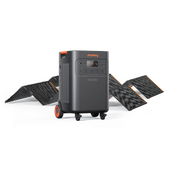
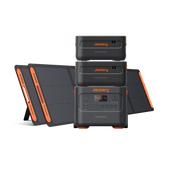
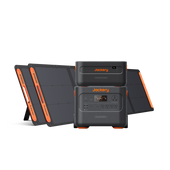

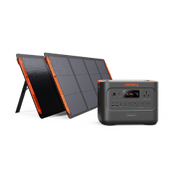

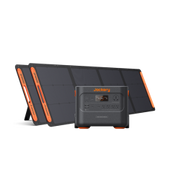
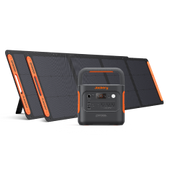

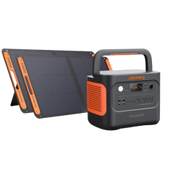

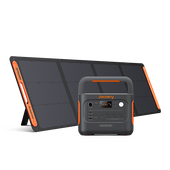
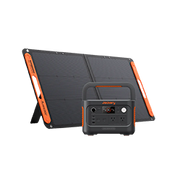

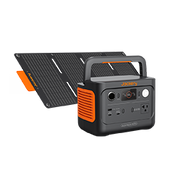
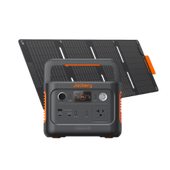
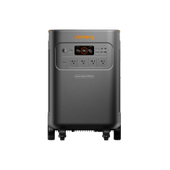
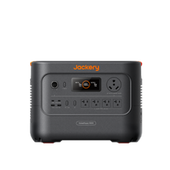
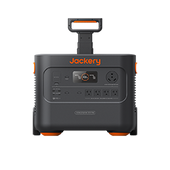
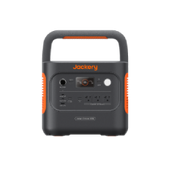
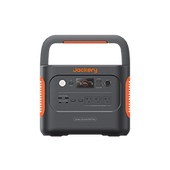
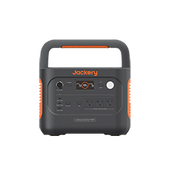
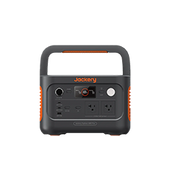
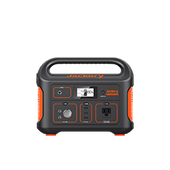
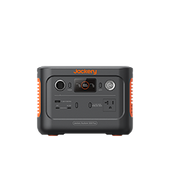

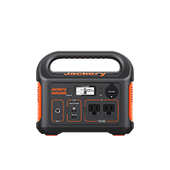
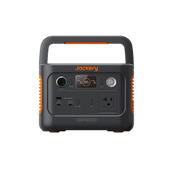
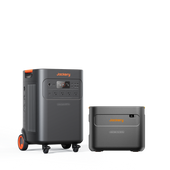
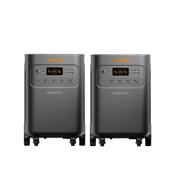

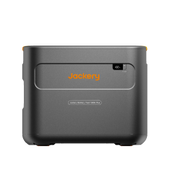
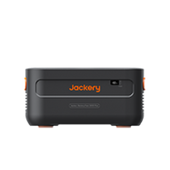
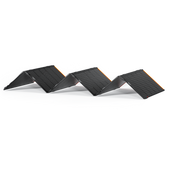
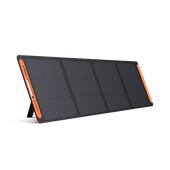

![[Add - on] Jackery Manual Transfer Switch for Explorer 5000 Plus - Jackery](http://www.jackery.com/cdn/shop/files/add-on-jackery-manual-transfer-switch-for-explorer-5000-plus-9017324.png?v=1754016782&width=170)
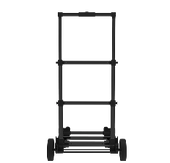
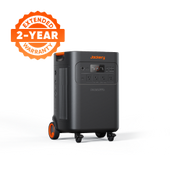
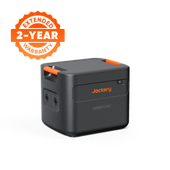



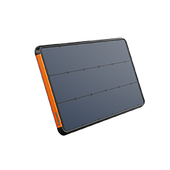
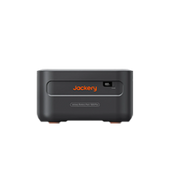

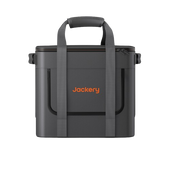
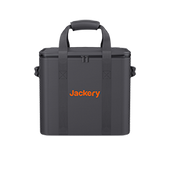
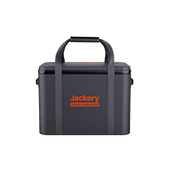
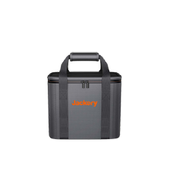
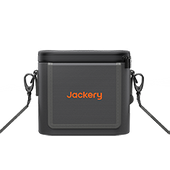
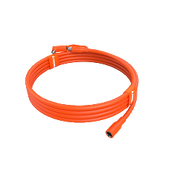





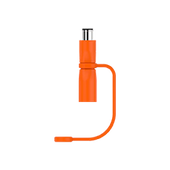
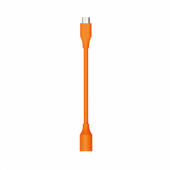
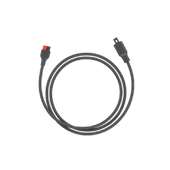

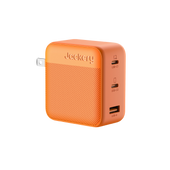
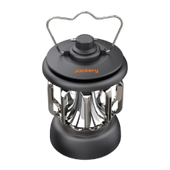


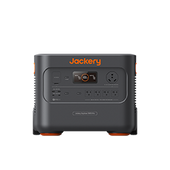
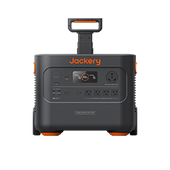
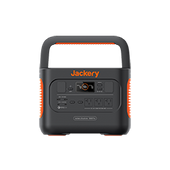
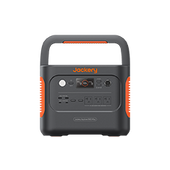
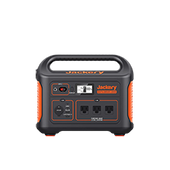
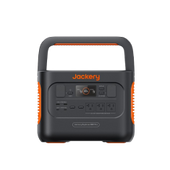
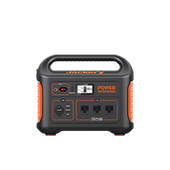
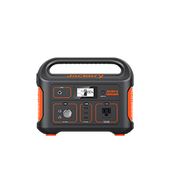

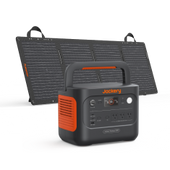
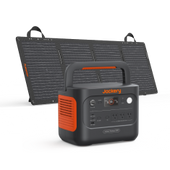
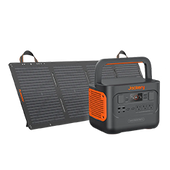
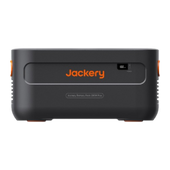
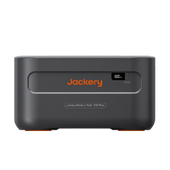


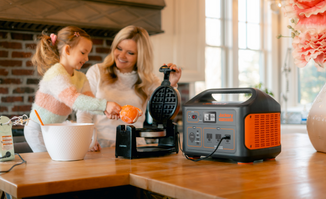
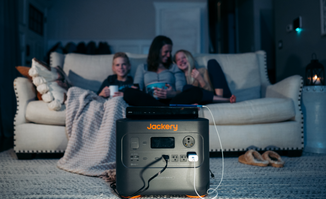

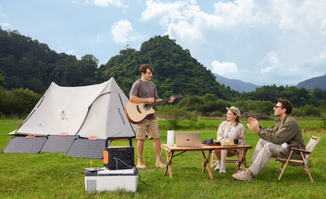
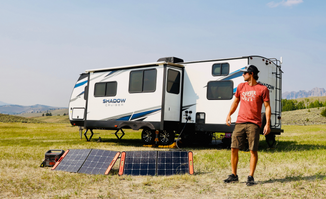

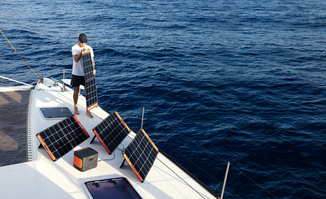
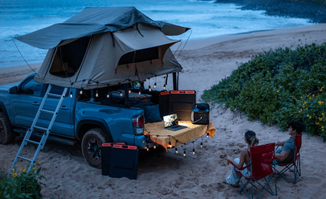
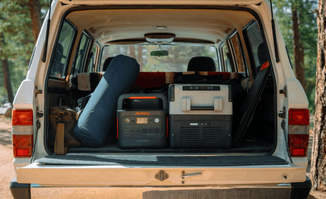




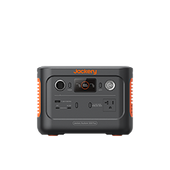
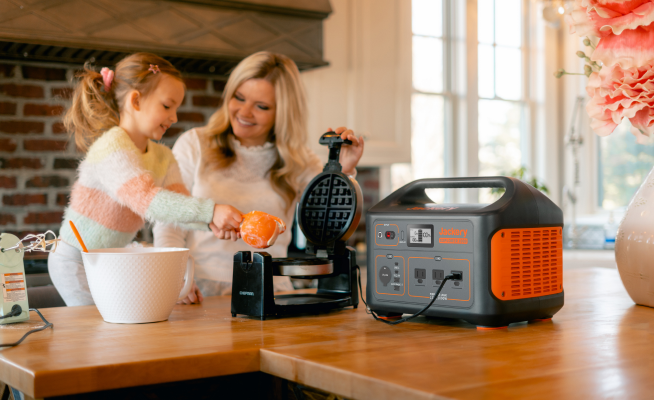
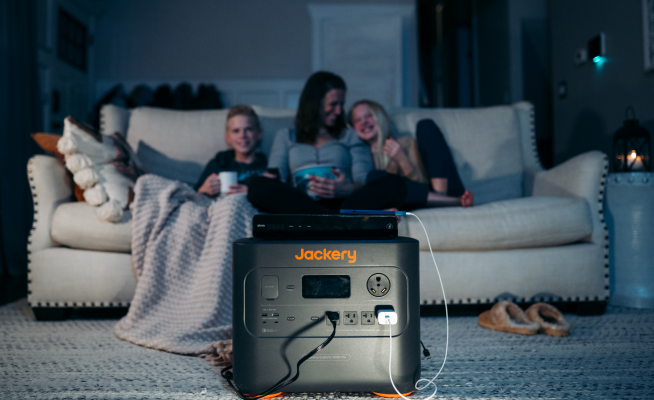

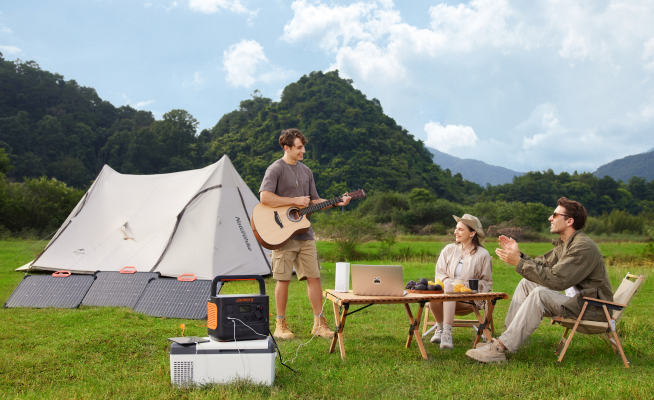
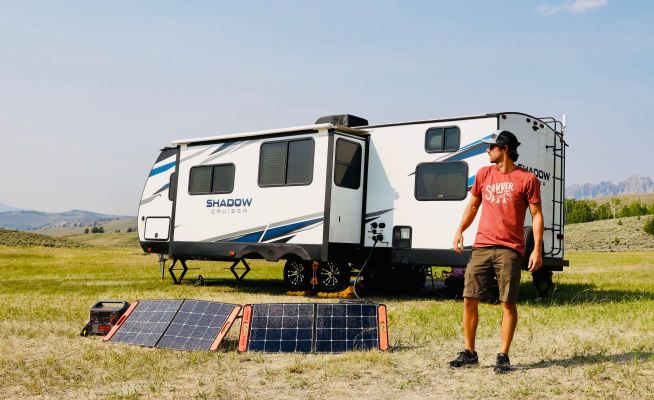

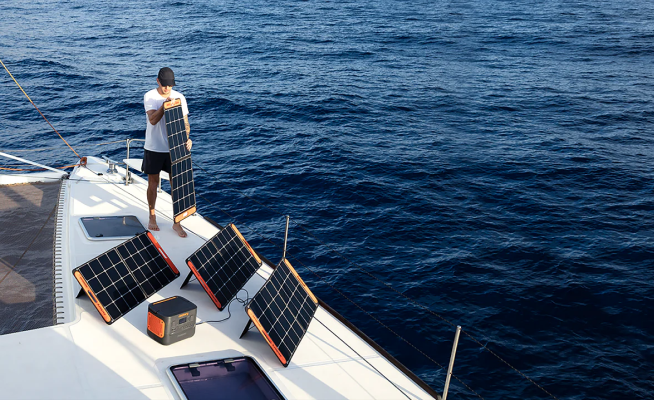
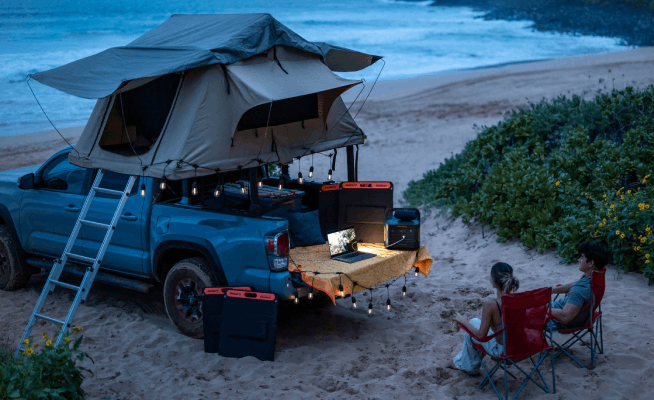
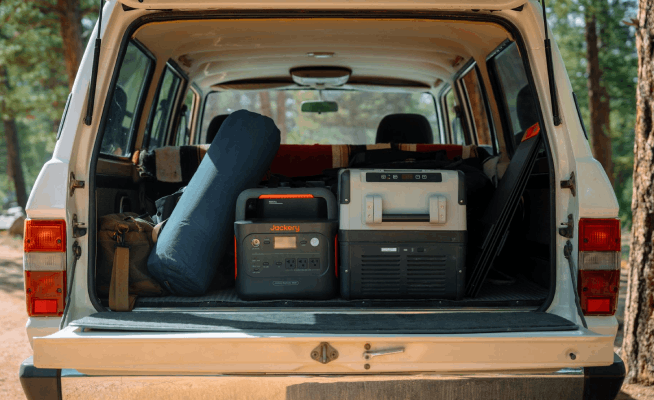














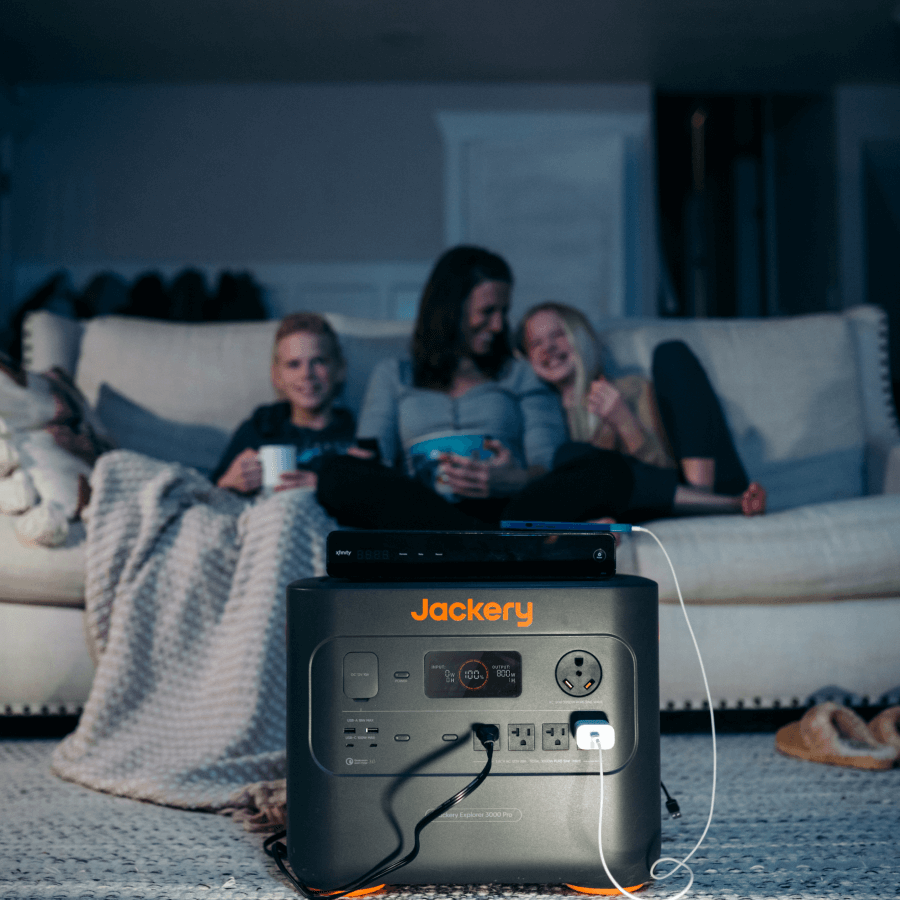
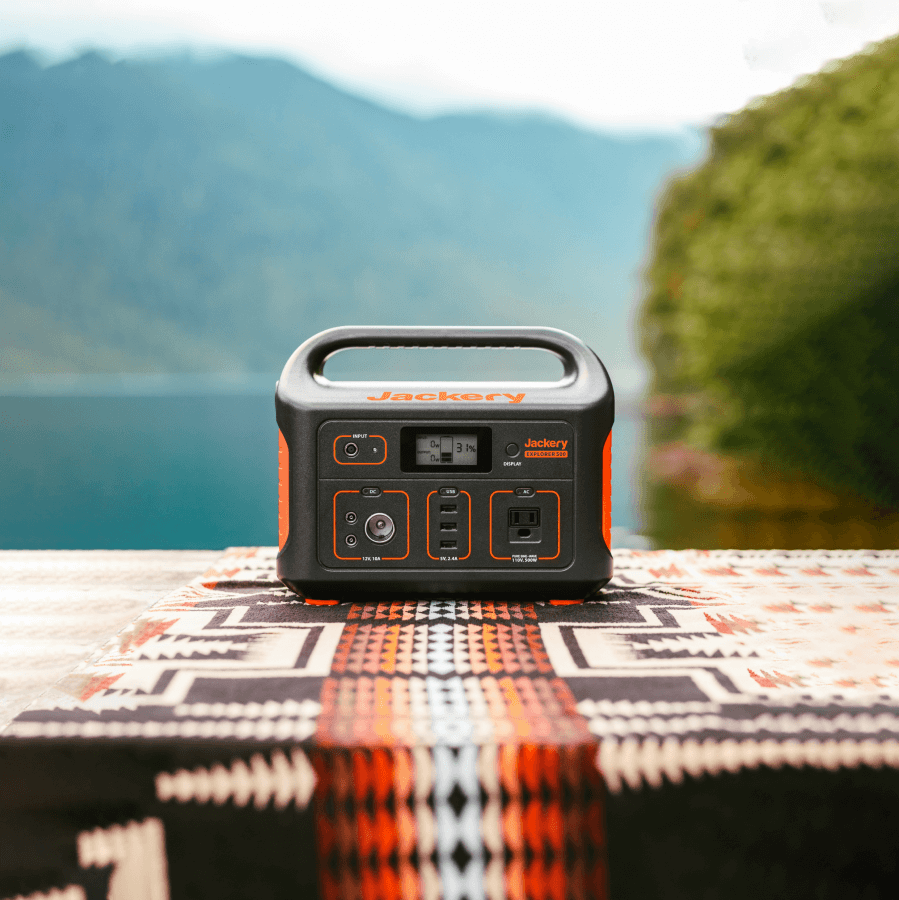
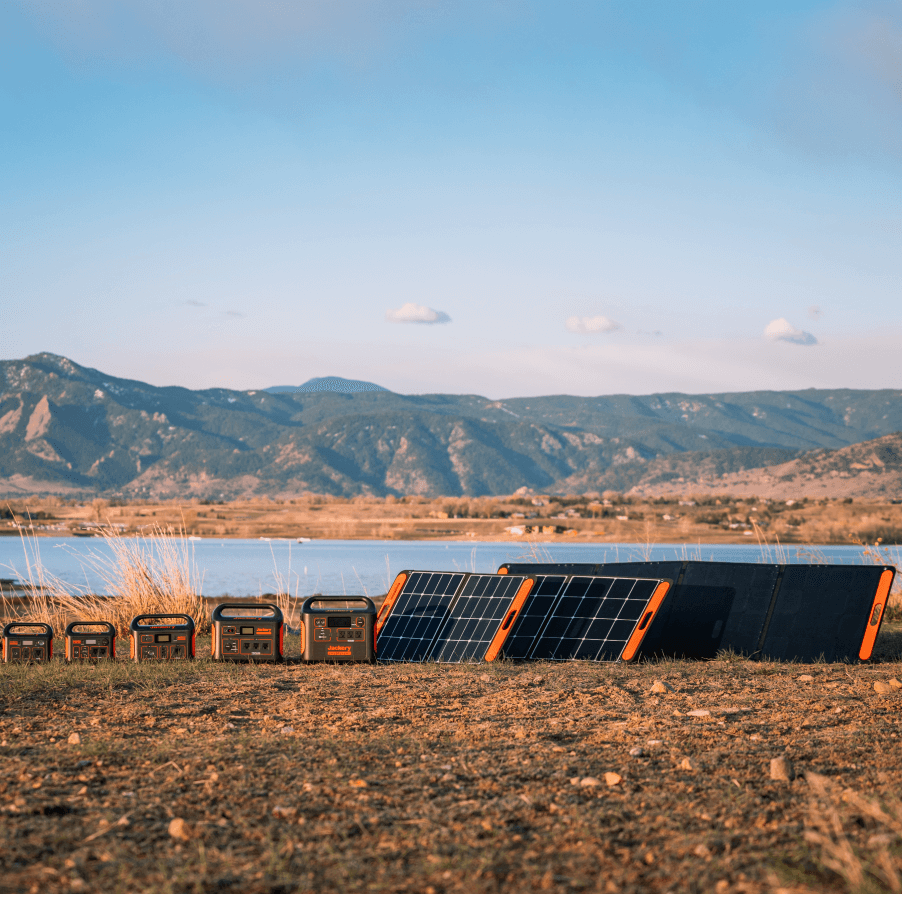
Leave a comment